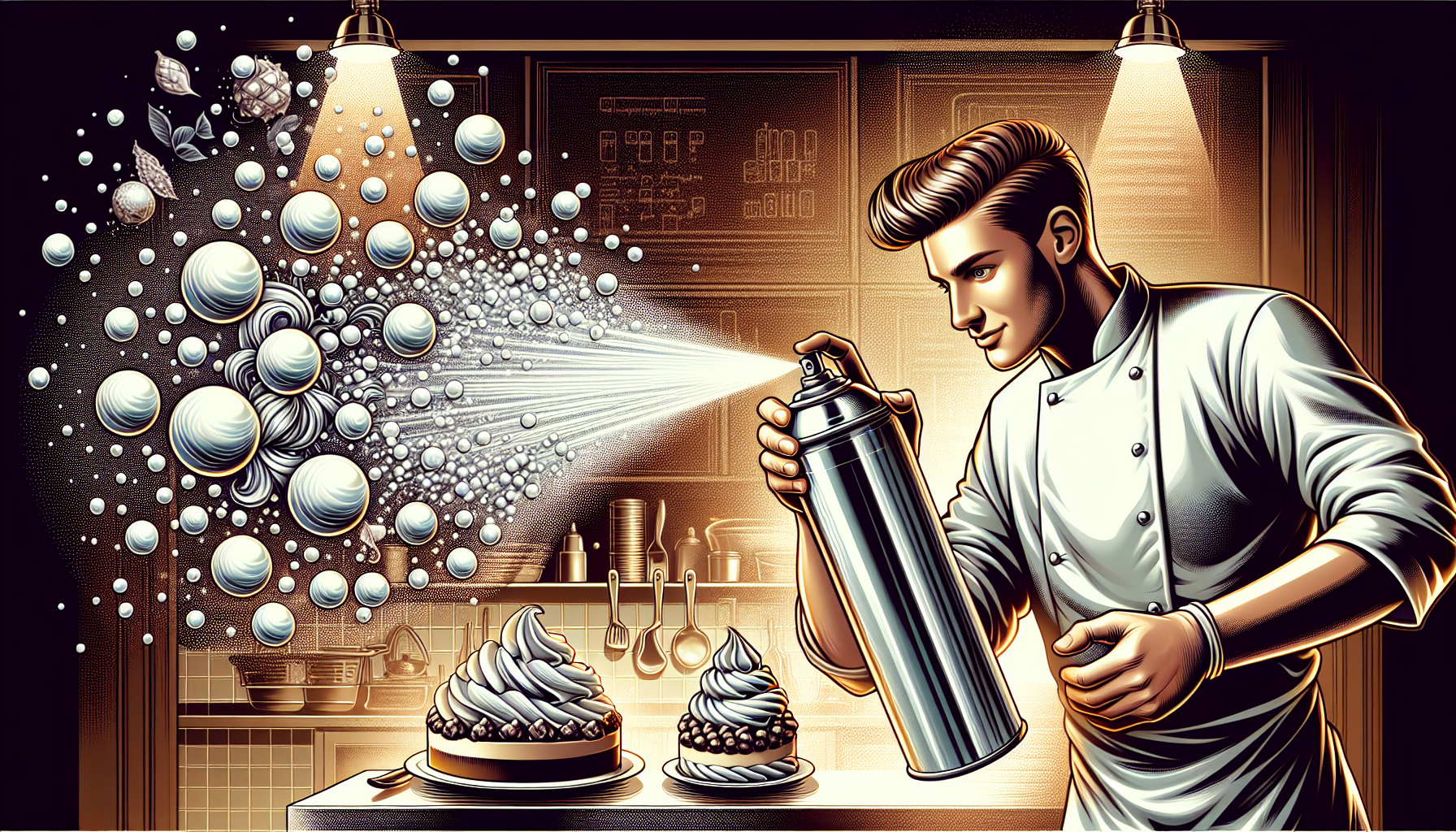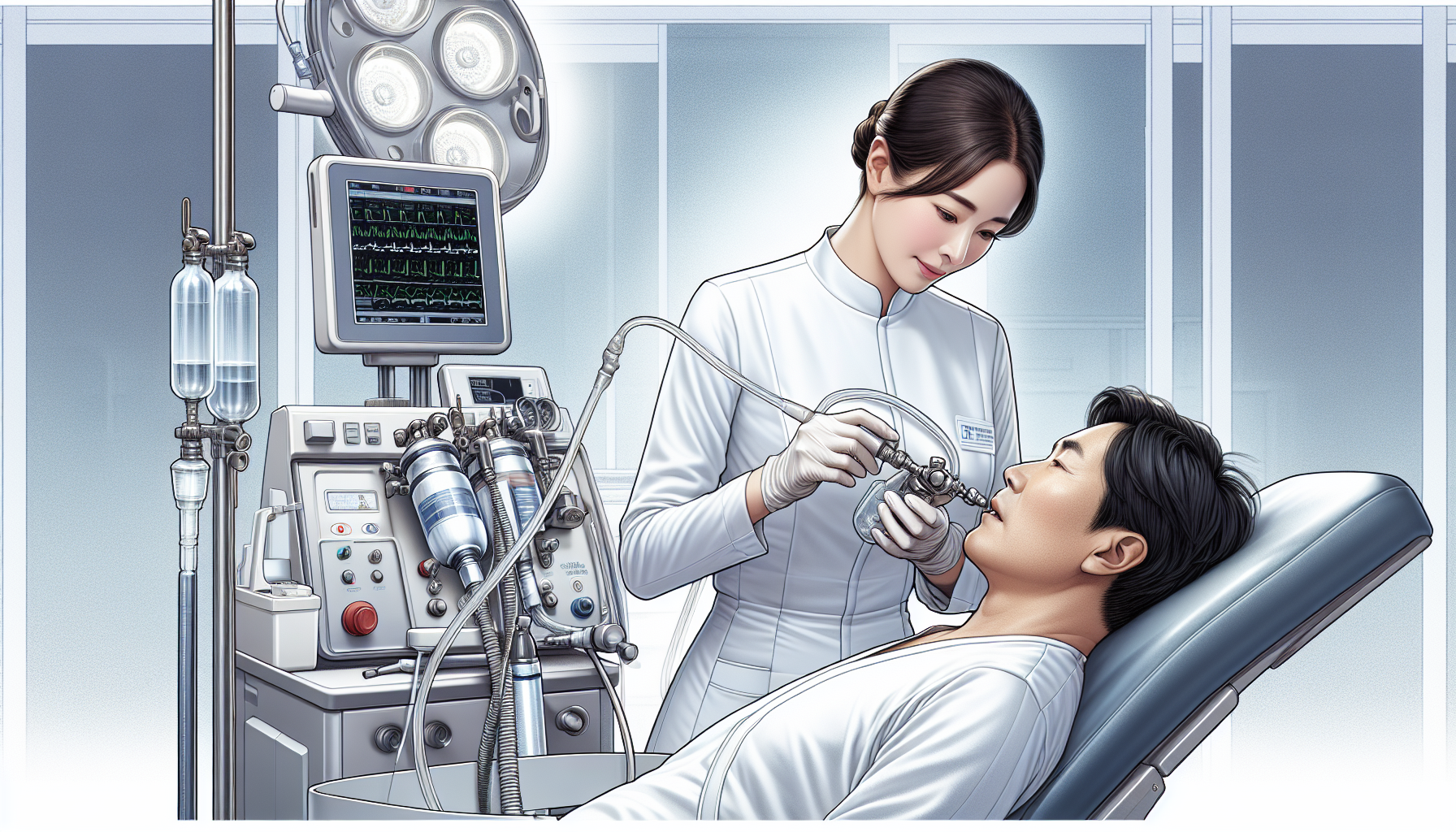
Nitrous Oxide: A Comprehensive Guide to Its Uses and Effects
Share
N20: A Comprehensive Guide to Nitrous Oxide Uses and Effects
What should you know about nitrous oxide? N20, Nos, nitrous, nangs, whip-its, galaxy gas, etc is widely recognized in various sectors for its versatile applications. In medical settings, nitrous oxide is renowned for its sedative and analgesic properties, making it a key component in anesthesia for surgeries and dental procedures. The food industry benefits from nitrous oxide as a propellant in aerosol whipped cream canisters, ensuring the perfect texture and consistency. Additionally, in the automotive world, nitrous oxide is harnessed to enhance engine performance, providing a significant boost in power. While these uses showcase the gas's diverse benefits, they also raise important considerations regarding safety and regulation. Our article breaks down the complexities of nitrous oxide, offering a clear guide through its wide range of uses and the important considerations they involve.
Key Takeaways
-
Nitrous oxide has diverse applications, including medical anesthesia, food industry propellant, wine preservation, and automotive performance, each leveraging its unique properties for optimised effectiveness.
-
While it offers medical benefits like pain and anxiety relief during surgery and dental procedures, recreational use of nitrous oxide can lead to serious health consequences, including nerve damage and vitamin B12 depletion.
-
The handling and use of nitrous oxide requires stringent safety measures and regulations due to potential health risks and environmental impacts, including its contribution to greenhouse gas emissions and ozone layer depletion.
Understanding Nitrous Oxide: Origins and Applications

Discovered in 1772 by Joseph Priestley and later synthesized for medicinal purposes by Humphry Davy, nitrous oxide has come a long way from its early experimental days. Today, it's renowned for its versatility, finding its place in sectors as diverse as medicine for sedation and pain relief, the food industry as a propellant, and even the automotive industry for boosting engine performance.
The widespread application of nitrous oxide is a reflection of its unique characteristics and the innovation it has fostered in diverse fields.
Medical Use of Medical Devices
In the realm of healthcare, nitrous oxide is a cornerstone of modern anesthesia, commonly mixed with oxygen in a variety of concentrations to tailor its potency for different medical procedures. Its quick onset and recoverability make it a valuable asset for both minor and major surgery, allowing for a controlled and comfortable experience for patients under nitrous oxide anesthesia. In dental procedures, nitrous oxide's anxiolytic properties are utilized to ease patient anxiety, making visits to the dental chair more comfortable.
In labor and obstetrics, nitrous oxide is especially appreciated for its ability to significantly alleviate pain during contractions using a standard 50/50 nitrous oxide and oxygen mix. This application calls for an interdisciplinary method to guarantee the treatment's safety and efficacy, mirroring the teamwork inherent in medical practice.
Food Industry

Beyond the operating room, nitrous oxide whips up a different kind of magic in the culinary world. As a propellant in aerosol whipped cream canisters and cooking sprays, it's responsible for the fluffy peaks and even spritzes that grace our foods. Recognized as safe by the FDA, this application of nitrous oxide is not just a treat for taste buds but also a marvel of food science.
In the wine industry nitrous oxide gas plays a critical role in the preservation of wine, acting as an innovative solution to extend its shelf life post-opening. Upon exposure to oxygen, wine undergoes oxidation, a process that gradually degrades its quality, altering its flavor and aroma. This is where N2O gas comes into play. Being denser than air and chemically inert, N20 gas serves as an effective barrier against oxygen when introduced into a wine bottle.
The application process involves displacing the oxygen-rich air in the bottle by injecting nitrous. Due to its heavier nature, the gas settles above the liquid surface, forming a protective layer that minimizes the wine's contact with oxygen. This method significantly slows down the oxidation process, preserving the wine's integrity, taste, and aroma for a longer period.
Utilizing n2o gas for wine preservation is highly regarded for its non-reactive properties, ensuring that the wine's composition remains unaltered. This approach is not only efficient but also favored for maintaining the wine's original quality. Products like the NOS Regulator and Whippiphany Filter are made specifically for this purpose
The reliance on this colourless gas was highlighted during shortages that affected the availability of whipped cream during holiday seasons, underscoring its importance in food production.
How Nitrous Oxide Works

The magic of nitrous oxide lies in its molecular gymnastics, affecting the central nervous system to modulate pain and neurotransmitter receptors, stimulate the release of norepinephrine, and interact with GABAA receptors, thus orchestrating a symphony of physiological effects.
-
Blocks Pain Signals: Nitrous oxide has a special ability to block or turn down the pain signals traveling from different parts of our body to our brain. This means that even though the body might still be sending messages that something should hurt, the brain doesn't get the message as strongly, so we don't feel the pain as much.
-
Releases Feel-Good Chemicals: It also helps the body release certain chemicals that can make us feel happy and calm. These chemicals, like dopamine, help to boost our mood and reduce anxiety, making the whole medical experience less scary.
-
Overall Effect: Because of these two main actions, when someone breathes in nitrous oxide, they still feel awake and can talk to doctors or nurses, but they feel a lot less pain and worry. It's a way to help patients get through procedures that might be uncomfortable or nerve-wracking without the need for stronger anesthesia that would put them to sleep.
Once the patient stops inhaling the nitrous oxide, its effects wear off quickly, allowing them to return to normal without lasting grogginess or other major side effects.
Anesthetic Properties
Delving deeper into the anesthetic prowess of nitrous oxide, its ability to inhibit NMDA receptors plays a central role in dulling the senses to pain, while its interaction with the endogenous opioid system releases peptides that further enhance its analgesic effects. This dual mechanism allows for a nuanced control of pain, often in conjunction with other local anesthetics to achieve optimal patient comfort during procedures.
Moreover, the administration of nitrous oxide in a controlled environment, typically as a 50% mixture with oxygen, ensures that the anesthetic effect is both effective and safe, particularly in urgent care scenarios. The involvement of specific nitric oxide synthase isoforms in the neurons further contributes to the balance of excitatory and inhibitory neurotransmission, cementing nitrous oxide's role in general anesthesia.
Recreational Use
The lighter side of nitrous oxide, also known as laughing gas, nangs, hippie crack, or whip its is often experienced in social settings, where its euphoric effects are sought after for a quick escape from reality. The gas, when used recreationally, induces feelings of euphoria and lightheadedness, attributed to the increased release of dopamine, and also comes with side effects such as disorientation and mild confusion.
However, the flip side of these transient pleasures associated with recreational drug use is the potential for serious health consequences, with long-term use linked to vitamin B12 depletion, nerve damage, and harm to the reproductive and immune systems. The risk of accidents, asphyxiation, and even tinnitus, underscores the need for awareness and caution among recreational users.
Safety and Precautions for a Secure Fit
When it comes to handling nitrous oxide, a non flammable gas, safety is paramount. The National Institute for Occupational Safety and Health emphasizes the importance of controls to prevent worker exposure, and proper extinguishing media are crucial in the event of nitrous oxide fires.
Comprehending the gas's potential to cause respiratory depression, diffusion hypoxia, and other negative effects is crucial for risk reduction and safe utilization of substances with varying vapor pressure.
Administering Nitrous Oxide

Delivering nitrous oxide in medical environments requires precise scientific methods, employing automated machinery and meticulously adjusted equipment to administer the gas through different interfaces, including face masks or endotracheal tubes. In-line oxygen analyzers with alarms, adherence to exposure limits, and the use of scavenger systems are all part of a rigorous protocol to ensure patient and clinician safety.
Special consideration is given to avoid using nitrous oxide in patients with compromised lung function or those prone to postoperative nausea and vomiting. Furthermore, its anti-anxiety properties are harnessed to provide comfort during medical procedures, thanks to its effect on GABAA receptors.
Potential Risks of Mask Leaks
With chronic use, nitrous oxide can cause a cascade of health issues, from inactivating key enzymes to causing neurologic dysfunction and anemia. Exposure, especially in individuals with certain genetic deficiencies, can lead to severe outcomes like spinal cord degeneration and even death. The danger is not confined to chronic exposures, as directly inhaling from a canister can cause immediate damage to the respiratory system and heart rate.
Mixing nitrous oxide with other drugs tremendously elevates the risk profile, and occupational exposure has been linked to DNA damage and potential developmental impacts on fetuses,. These risks underscore the need for strict adherence to safety protocols and the importance of understanding contraindications for nitrous oxide use.
Legal Status and Regulations
The appeal of nitrous oxide comes with legal considerations. Classified as a Class C drug, the substance is subject to stringent regulation by authorities such as the FDA. Unauthorized possession, sale, or distribution can lead to criminal charges, with potential fines and imprisonment, highlighting the gravity of misuse.
Even federal prosecution for misbranding can result in misdemeanor charges, and driving under its influence is treated with severe penalties. With governments like the UK taking a firm stance against nitrous oxide misuse, and law enforcement actively controlling it, one must tread carefully in its presence.
Read more about the UK ban on nitrous oxide use here
Environmental Impact
N2O, also known as atmospheric nitrous oxide, leaves a significant environmental mark, as its increasing concentration due to human activities poses a severe challenge to climate stability. Nitrous oxide emissions, being over 300 times more potent than carbon dioxide, have a major heat-trapping ability that is a cause for concern, and its 120-year lifespan in the troposphere only adds to the problem.
Agricultural practices, especially the use of synthetic fertilizers and cattle ranching, have contributed to a 30% increase in greenhouse gas emissions over four decades, necessitating solutions such as improved nitrogen use efficiency and conscious consumer choices. The gas also poses the greatest human-related threat to the ozone layer since the phase-out of CFCs, marking its significant mark on global environmental health and contributing to ozone layer depletion.
Nitrous Oxide Addiction and Treatment

Particularly with regular recreational use, the addictive tendency of nitrous oxide is a matter that calls for vigilance and conscientiousness. Treatment options range from behavioral therapies to medications that reduce cravings, emphasizing the importance of a supportive environment and prompt intervention for successful recovery,.
Although nitrous oxide doesn't cause significant withdrawal symptoms beyond cravings, the lack of public awareness and research on its abuse complicates its recognition as a drug problem, making it crucial to educate both users and healthcare providers about the risks and treatment pathways related to drug and alcohol dependence.
Summary
In the tapestry of nitrous oxide use and effects, we've woven through its medical marvels, culinary contributions, and the intricate science behind its workings. With its potential for joy and pain relief, there's also a shadow of risk and responsibility. As we balance its benefits with safety and environmental considerations, it's clear that nitrous oxide is more than just a laughing matter—it's a powerful tool that must be handled with knowledge and care.
Frequently Asked Questions
What does nitrous oxide do for your body?
Nitrous oxide slows down the nervous system and induces a sense of calm and euphoria, reducing anxiety and discomfort during medical or dental procedures. It allows you to remain responsive to your provider.
Why is nitrous oxide banned?
In some regions Nitrous oxide is banned due to concerns about its misuse and serious health impacts, such as neurological damage and even death. The UK's government's decision to ban it aims to combat anti-social behavior, reduce health damage, and tackle littering.
Is nitrous oxide the same as laughing gas?
Yes, nitrous oxide is the same as laughing gas. It is an odorless, colorless gas that can cause feelings of euphoria and relaxation, and is commonly used in medical and dental procedures to help patients relax before treatment.
Who should not use nitrous oxide?
Individuals with a history of stroke, hypotension, and known cardiac conditions should not use nitrous oxide due to its potential interference with vitamin B12 and folate metabolism.
What are the main medical uses of nitrous oxide?
The main medical uses of nitrous oxide include general anesthesia, pain relief during labor, and as an anxiolytic in dentistry, often used in combination with other anesthetics.
